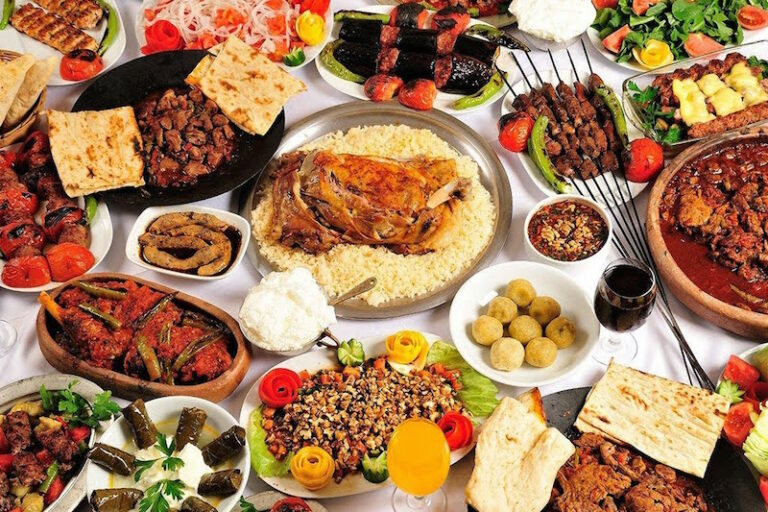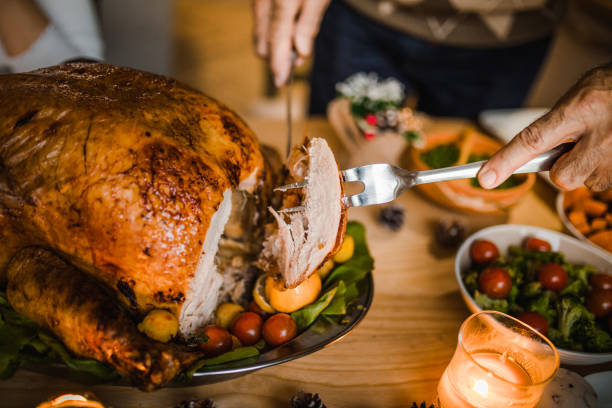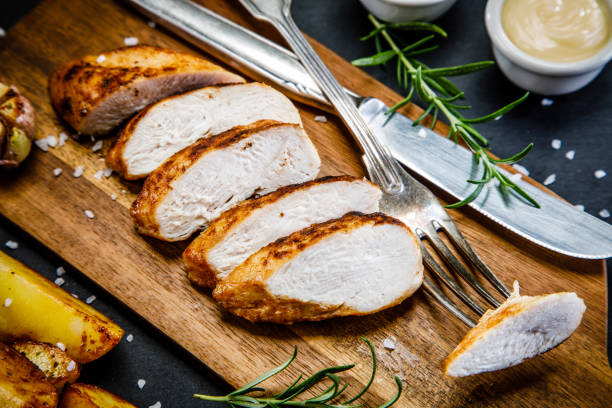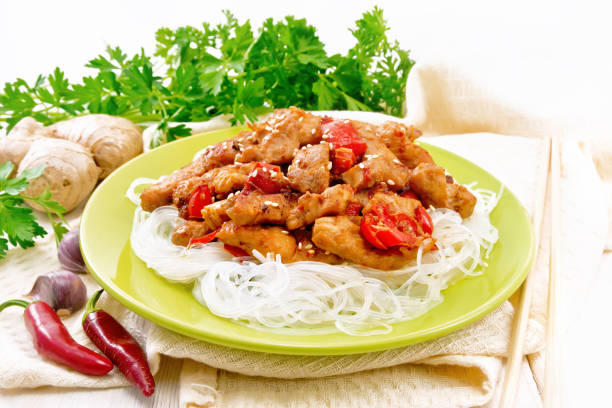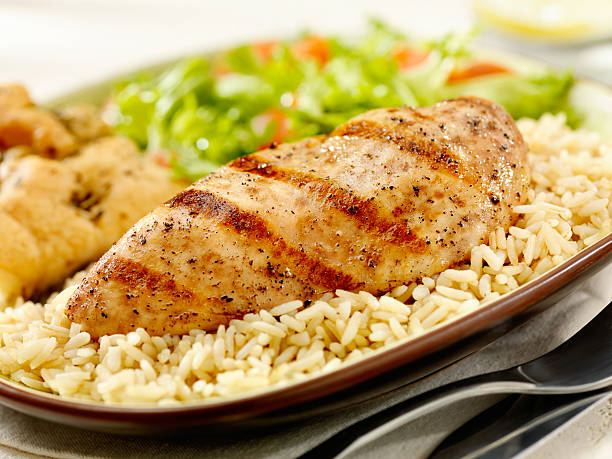Introduction: Exploring Turkish Cuisine
Turkish cuisine is a fusion of various cultures and civilizations, which have left their marks on the country throughout history. The cuisine consists of a vast array of dishes, from savory to sweet, and each region has a unique way of preparing them. Turkish cuisine is known for its rich flavors and spices, and it is considered to be one of the most diverse and delicious cuisines in the world.
The Rich History of Turkish Cuisine
The history of Turkish cuisine dates back to the Ottoman Empire, which spread its influence over a vast area that covered Southeastern Europe, Western Asia, and Northern Africa. During this period, a fusion of various cultures and cuisines took place, resulting in the development of a unique culinary tradition. Turkish cuisine also traces its roots to the nomadic tribes that roamed the steppes of Central Asia, who brought their own techniques and ingredients to the region.
Regional Differences in Turkish Cuisine
The regional differences in Turkish cuisine are significant, as each region has its own distinct flavor profile and cooking techniques. The country is divided into seven regions, namely the Aegean, Black Sea, Central Anatolia, Eastern Anatolia, Marmara, Mediterranean, and Southeastern Anatolia. Each region has its own unique ingredients and spices that are used in their dishes, making Turkish cuisine as a whole a diverse and colorful palate.
Turkish Cuisine in the Aegean Region
The Aegean region is known for its seafood dishes, olive oil, and herbs. Some of the most popular dishes in this region include grilled octopus, stuffed mussels, and seafood pasta. The cuisine in this region is heavily influenced by the Greek culture, which is reflected in the use of olive oil and herbs.
Turkish Cuisine in the Black Sea Region
The Black Sea region is known for its hearty and filling dishes, such as bean stews, cornbread, and meat dishes. This region is known for its lush green forests and fertile soil, which provides a bounty of fresh ingredients that are used in their dishes. The cuisine in this region is influenced by Russian, Georgian, and Armenian cultures, which is reflected in the use of sour flavors and pickled vegetables.
Turkish Cuisine in the Southeastern Region
The Southeastern region is known for its spicy and flavorful dishes, such as kebabs, lamb stews, and rice dishes. This region is heavily influenced by Middle Eastern and Arabic cultures, which is reflected in the use of spices such as cumin, cinnamon, and coriander. The cuisine in this region is also influenced by Kurdish and Armenian cultures, which is reflected in the use of bulgur and lamb.
In conclusion, Turkish cuisine is a fusion of various cultures and civilizations, which have left their marks on the country throughout history. The regional differences in Turkish cuisine are significant, as each region has its own unique flavor profile and cooking techniques. Exploring the different regions of Turkey through its cuisine is a delicious adventure that should not be missed.



